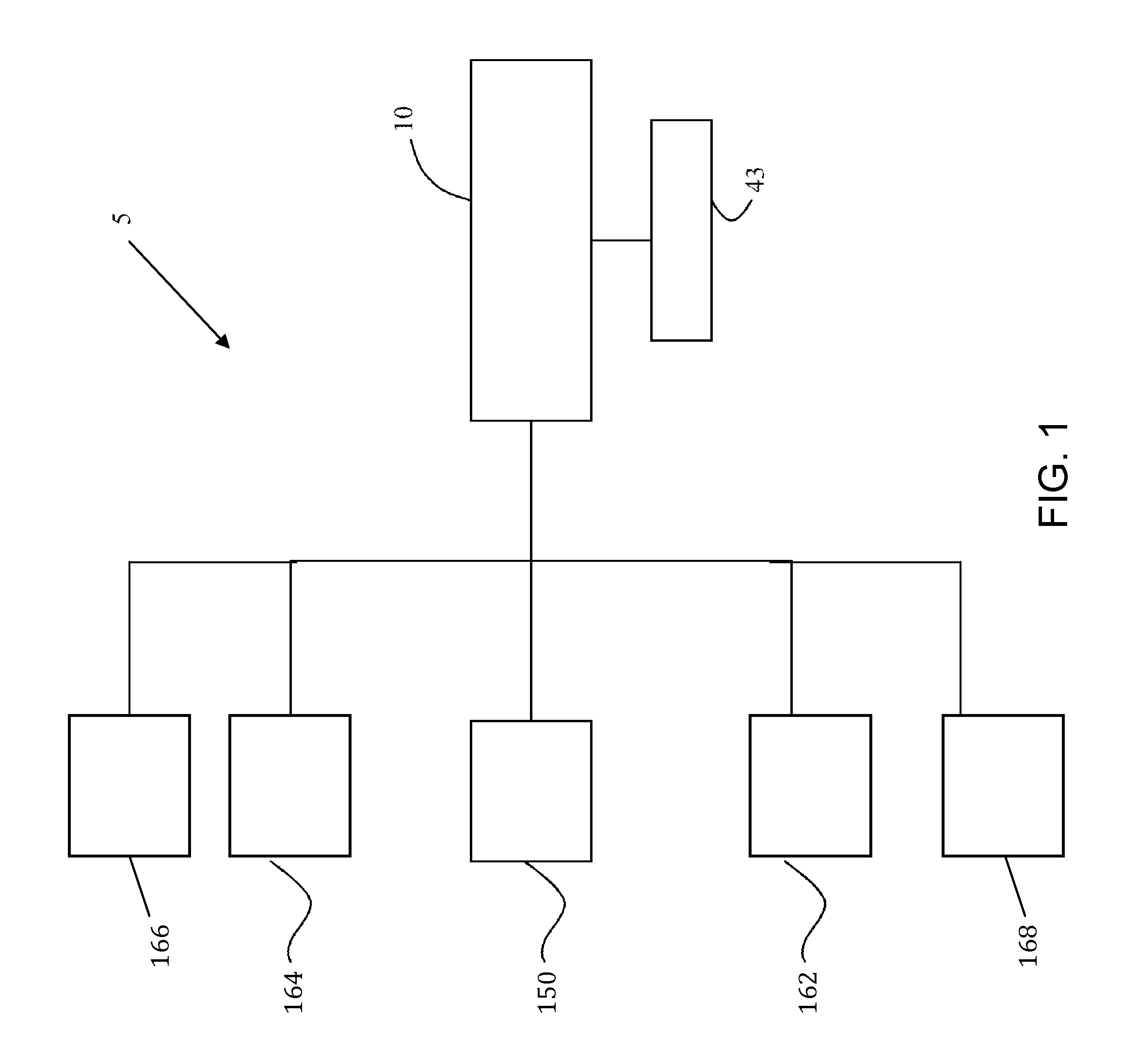Steerable epicardial pacing catheter system placed via the subxiphoid process
a catheter system and epicardial pacing technology, applied in the field of medical devices, can solve the problems of preventing some patients from completing therapy, few patients are completely cured of their symptoms, and less than 15% of eligible patients are able to receive this devi
- Summary
- Abstract
- Description
- Claims
- Application Information
AI Technical Summary
Benefits of technology
Problems solved by technology
Method used
Image
Examples
example no.1
Example No. 1
[0279]Step 1—Access and place a guidewire in the pericardial space using our EpiNeedle Access system.
[0280]Step 2—Use a sheath, preferably our EpiSheath, or a general long 8 Fr sheath to place over the guidewire and maintain access.
[0281]Step 3—Place the lead of the subject invention with handle though the sheath.
[0282]Step 4—Guide the lead in the epicardial space using the two steering points and the sheath under fluoroscopic guidance (although this lead may be guided via one or more other imaging methods to include ICE, CT, MRI, Visual Endoscopy, or Echo Methods). The lead should be advanced along the border of the heart apically to base along the LV. Once it crosses the AV groove to the LA it should be deflected downward and advanced through the transverse sinus. Once across the transverse sinus it will need to be deflected up to the SVC and then down to the RA and finally the RV.
[0283]Step 5—Slide the sheath back to the inferior portion of the RV.
[0284]Step 6—At thi...
PUM
 Login to View More
Login to View More Abstract
Description
Claims
Application Information
 Login to View More
Login to View More - R&D
- Intellectual Property
- Life Sciences
- Materials
- Tech Scout
- Unparalleled Data Quality
- Higher Quality Content
- 60% Fewer Hallucinations
Browse by: Latest US Patents, China's latest patents, Technical Efficacy Thesaurus, Application Domain, Technology Topic, Popular Technical Reports.
© 2025 PatSnap. All rights reserved.Legal|Privacy policy|Modern Slavery Act Transparency Statement|Sitemap|About US| Contact US: help@patsnap.com



